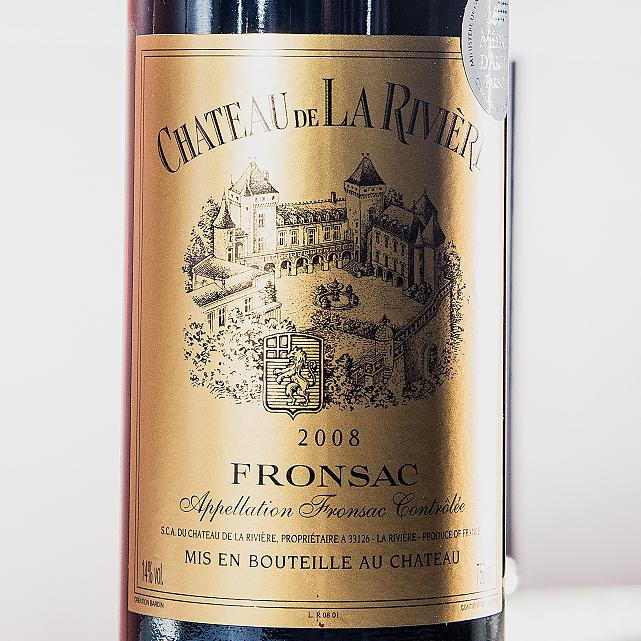Understanding the Wine Labels

Understanding the Wine Labels
Almost everywhere in the world, a wine label is a legal document. It undergoes more regulatory examination than perhaps any other product.
Regulations
After a design is created, the label must pass muster from the government agency that controls wine production as well as the various government agencies controlling importation and sale in every country where the wine is distributed. Understanding wine labels can be difficult for the patron who is primarily interested in the taste of the contents. Knowing what label information is optional and required can aid you when deciding to purchase wine.
Wine Label Requirements
Although each label design is distinctive, nearly all feature the same basic information, as shown in the following chart.
|
Label Item |
Description |
|
Alcohol Content |
According to many countries’ wine law, the percentage of alcohol in table wine must fall between a minimum of 7% and a maximum of 15%, dessert wines can be higher. The alcohol percentage must be printed on the label. |
|
Appellation or Growing Region |
Appellation of origin is a geographical term that indicates where the grapes are grown for a particular wine. |
|
Bottle Volume |
The standard is 750 milliliters or 1.5 liters. You can either find the volume on the label or at the base of the bottle itself. |
|
Name of Wine |
This is the name the producer deems to represent the wine. Many manufactures will choose to use the appellation or region as the name itself. For example, |
|
Producer |
If you know enough about wines, the producer can tell you more about the contents of the bottle than anything else. The more experience you have with wines, the more familiar you become with the quality being put out by the producers on the market. In many instances, producers share surnames and quality can vary from one to the next. |
|
Quality of Wine |
Appellations or wine regions assign out their own rating systems that attempt to imply the quality of the wine to the consumer. They do sometimes make an appearance on the bottle label, but not always. |
|
Type of Wine |
This piece of information never gives the reader any major revelations about the contents of the wine. You are likely to see very basic terms like white table wine or dry red wine. Keep in mind, that this is not necessarily a reflection of the quality. |
|
Variety |
Variety is the type of grape the wine was made with, otherwise known as varietals content. |
|
Vintage |
The year the grapes for the wine were grown and harvested. |
*Information extracted from WINEDEFINITIONS.COM




